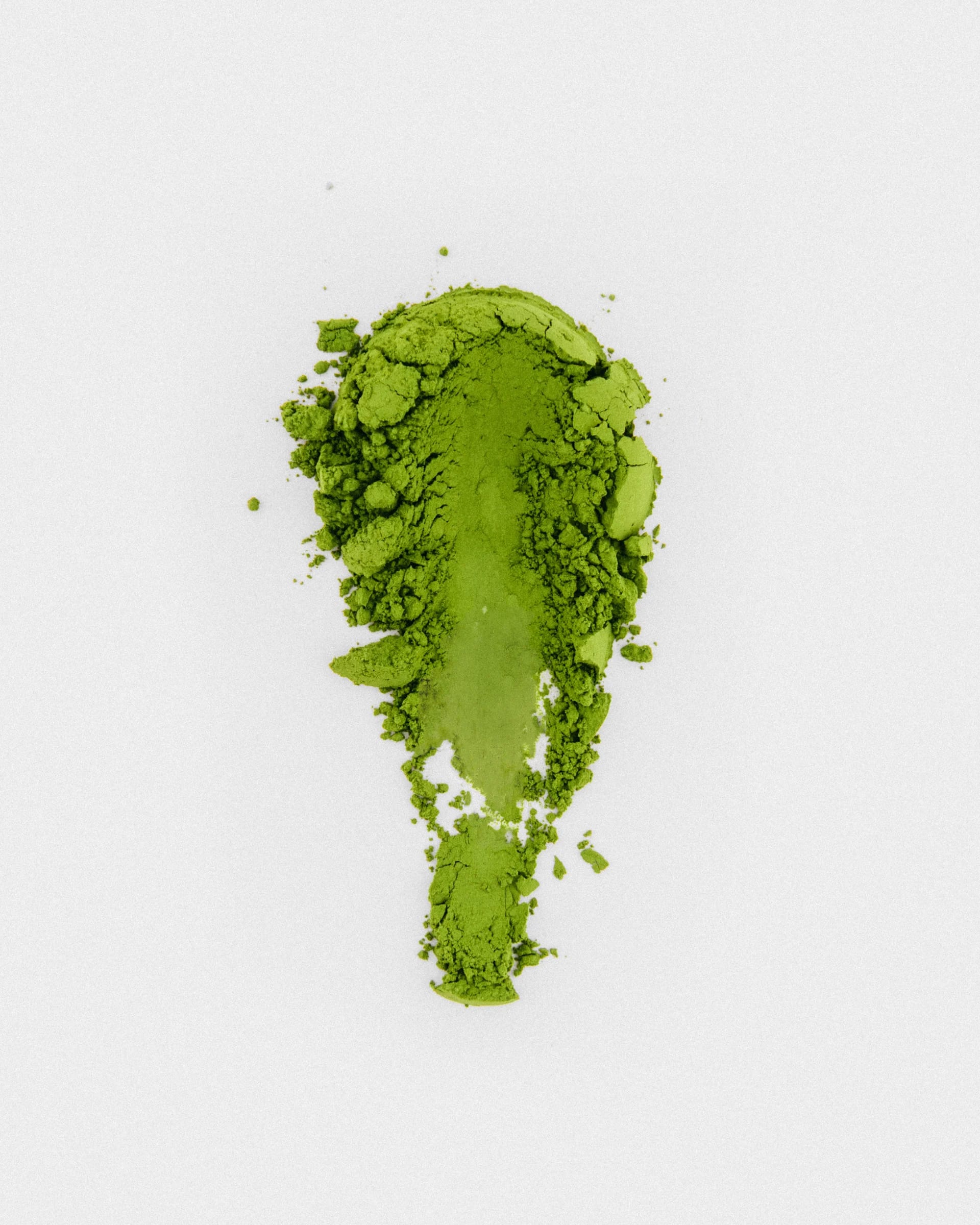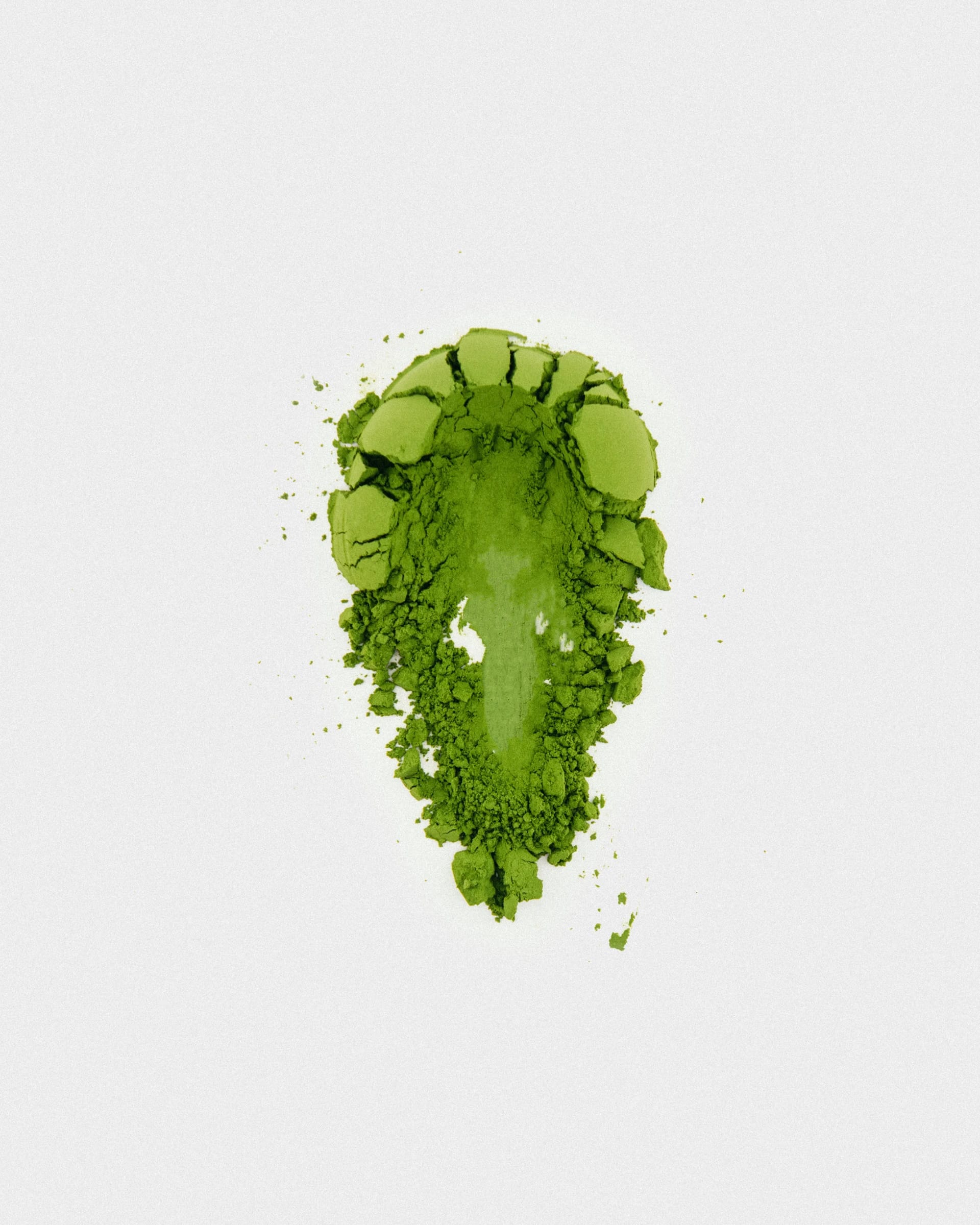


Organic vs. Non-Organic Matcha — What’s the Difference?
Insights from Tea Farmers in Uji —
When choosing matcha, whether or not it's organic is often a key consideration. However, after speaking with tea farmers in Uji, it's clear that “organic equals better” isn’t always a simple truth.
Color and Flavor — Differences in Appearance and Taste
In general, non-organic matcha tends to have a more vibrant green color and a richer, umami-packed flavor. This is due to a cultivation method that uses fertilizers rich in nitrogen to bring out a bold taste and bright color — essentially a “gourmet growing style” packed with nutrients. The result is a deep green leaf with a strong, concentrated flavor that is immediately recognizable. On the other hand, organic matcha often appears lighter in color and has a more subtle flavor, sometimes closer to that of sencha. Grown without chemical fertilizers, these tea plants are left to naturally seek nutrients and minerals by extending their roots deeper into the earth — a sort of “vegan approach” to farming. The resulting taste reflects this gentle and natural upbringing: soft, earthy, and unpretentious.
Not All Organic Is the Same Even within the category of organic matcha, there is a wide variety of farming practices. For example, some farms use animal-based organic fertilizers approved under Japan’s JAS certification, while others follow a strictly plant-based, closed-loop natural approach. These differences can greatly affect the flavor, aroma, and overall quality of the tea, even though they all fall under the label “organic.” In other words, the word “organic” alone doesn’t tell the whole story — it doesn’t reflect the underlying philosophy or farming method.
Variety, Processing, and Storage — Many Factors Influence Quality The quality of matcha is also influenced by the cultivar, growing conditions, and post-harvest processing. How the tea is steamed, dried, and ground — including the condition of the stone mill or machine used — all contribute to the final taste and aroma. And perhaps most crucially, storage plays a major role. Matcha is extremely delicate and sensitive to temperature and light. Even after it becomes a finished product, how it’s stored can significantly affect both its color and flavor. Farmers repeatedly emphasized that when it comes to color, the brightness of matcha depends heavily on storage conditions.
It’s Not About “Good or Bad” — Just Different Standards One tea farmer in Uji put it best:"It’s not about which is better or worse — it just depends on what standard you use to judge." And that’s the heart of the matter. Do you value vibrant color and strong umami? Or do you care more about harmony with nature and how the tea was grown? What you prioritize will change which matcha is right for you. Rather than relying solely on labels or appearance, consider the philosophy and story behind the product. That just might be the first step toward discovering the matcha that’s truly right for you.
How to Place an Order or Inquire To view prices or place an order, please contact us first. We will provide you with the necessary details and access to the wholesale platform. Simply follow the link below to submit your inquiry.
At wholesale.und-ny.com, we aim to build long-term partnerships with businesses and provide exceptional service for all your wholesale tea needs. We look forward to working with you!